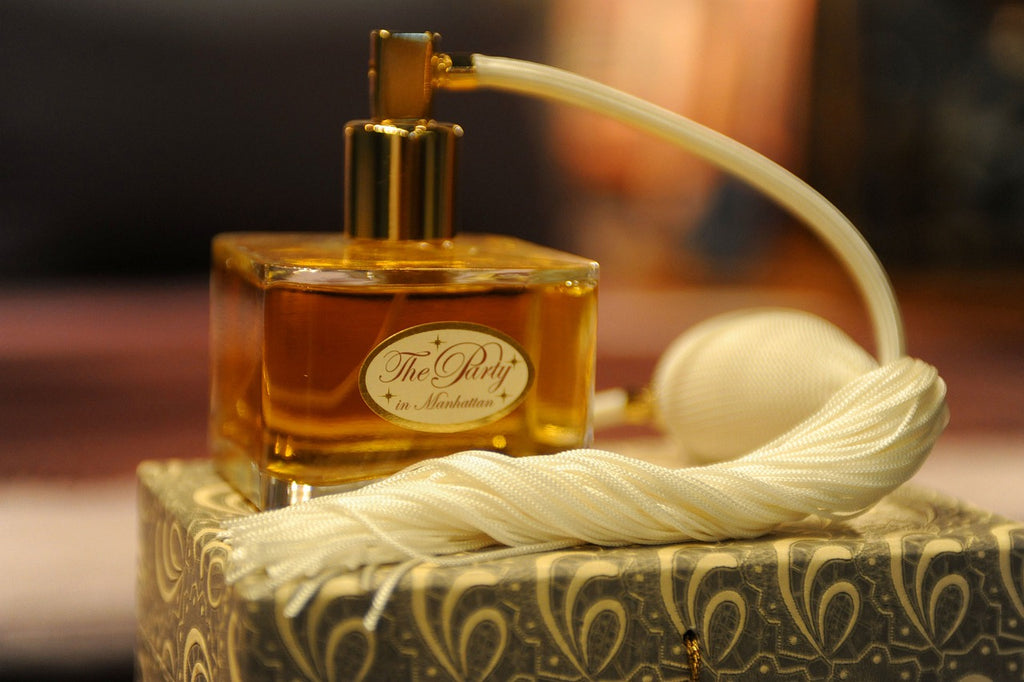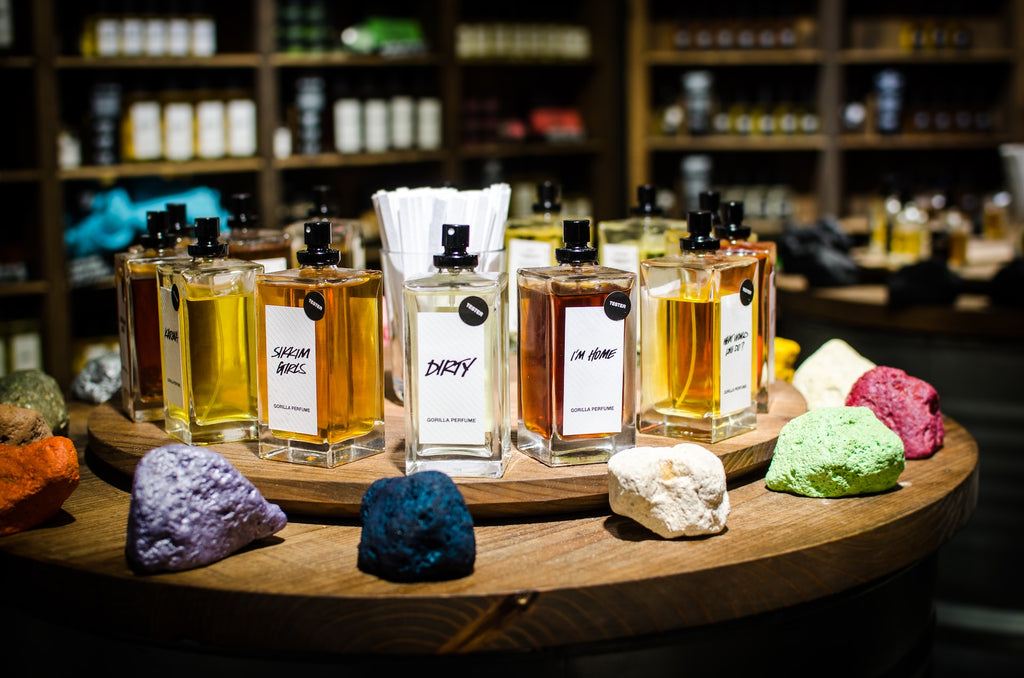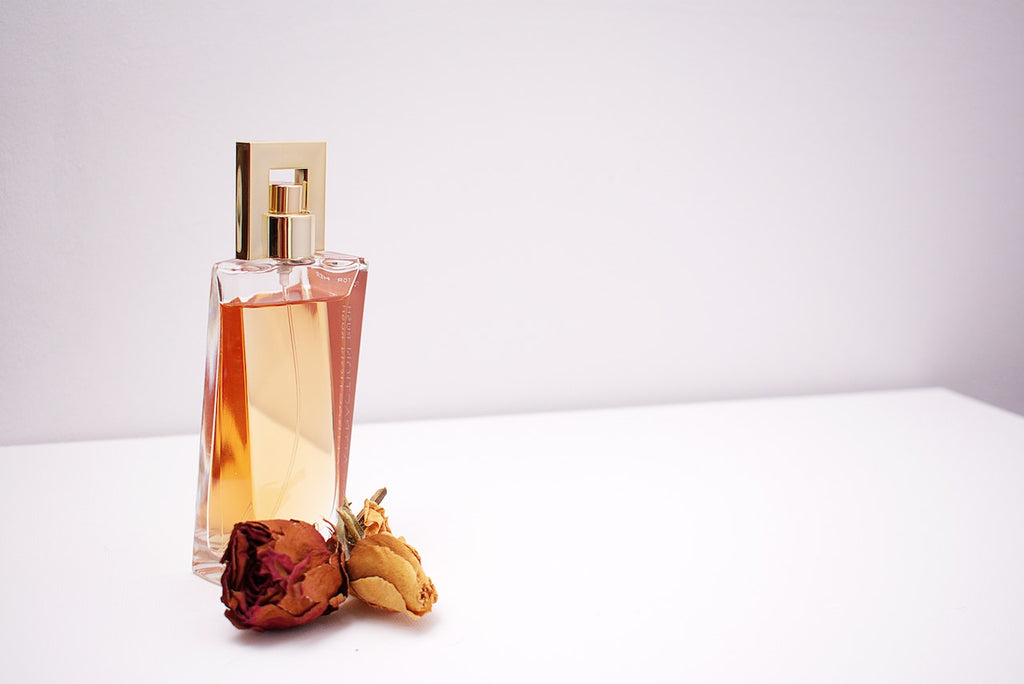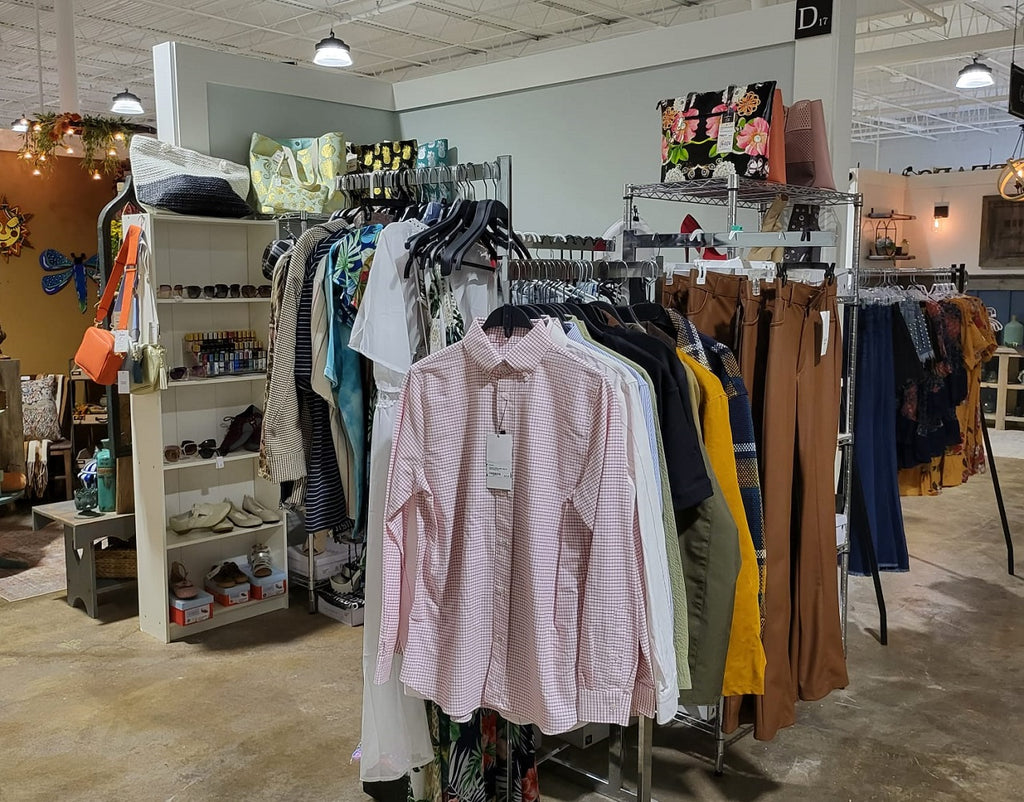
Fashion design, where does come from?

Fashion Design and its culture are fascinating. Fashion designers do not come only from the inspiration of the creators. They are the channels that the Universe uses to express its spirit in our clothes, shoes, and accessories.
These fashion designs respond to a collective soul that is reflected in our way of dressing, in each season and place.
Earth factors driving fashion design
The trends of the shapes and colors of our clothing are different over time and depend on the places where we are.
Fashion styles are defined by the weather, the seasons, agricultural and textile production, and something we like to call "the spirit of the times."
From the point of view of fashion, the weather and the seasons, which are obviously closely related, are two very different factors, which influence our clothing in different ways.
The weather has to do with what each day, at different times, makes us bundle up or not.
It has to do with the thermal sensation, with the cold and the heat.
The climate is, by nature, transient, eventual, local.
The seasons, on the other hand, are predictable, they encompass seasons that reach many more people, cities, and for weeks or months.
That is why they are called trends of each season.
Fashion design by country
In countries where there are no seasons, or they are imperceptible, as happens in places near the equator, everything happens very differently from those where the 4 seasons are marked.
In this line, there is almost no fashion, and what little there is is "imported".
People dress the same all year, they can wear the same as a year or two ago.
Not in Europe. Everyone goes "uniformed" in each season or season.
When you go for pastel colors, you can't go for paintings.
If fashion is about black, the one who does not wear it stands out.
In the USA it is different. There they dress as they please.
There are trends, but not uniform.
Fashion is a gigantic industry that moves many people, invests a lot of money and activates the media, business premises, makes people pay attention to shop windows, magazines and what others are wearing.
Typologies of fashion designers.
Haute couture has a different dynamic from prèt-a-porter, which ends up being casual, day-to-day.
This happens because in Europe, at the end of each season, people have to empty their closets or wardrobes, to fill it with clothes suitable for change.
In this process, the wardrobe is renewed and the feeling of antiquity arises, which invites us to change.
Here the catwalks intervene, events that a year before are prepared to exhibit what is sold in stores at the beginning of each season.
In Paris, there is a Hall, which is actually an area of the city, where the great textile industry is generated, which gives meaning to fashion designs.
Les Halles, (pronounced leal), is the Sanctorum of Fashion Designers.
However, some subversive trend always appears, which attempts against that boring uniformity, a "fashion" that bursts in and imposes itself, surprisingly. This is the maximum pleasure of a Designer.
It's when he "talks to himself" because everyone else is talking about the same thing.
That's what fashion is about.
To understand "the spirit of the times" and stand out, to turn that into clothing.

Textile regions in fashion design.
Fashion is dictated from different places, in Europe. They are textile regions, which have, in the capitals, some areas totally dedicated to this.
The Vallés region, in Catalonia, for example, has many textile industries, where they weave the cloth.
Terrassa, Rubí, Sabadell, Mongat, Ripoll, are towns full of workshops and seamstresses, people, who produce fashion.
This will be seen after a few months in the windows of Paseo de Gràcia, Calle El Ángel, and around the Cathedral of Barcelona.
Before, they were in some companies that move a lot of inventory of clothing and footwear that are located in certain streets or neighborhoods of the city. That's where fashion is born.
Textile cities are very different from non-textile cities. Fashion is "lived" differently.
This reading of "the spirit of the times" is the key to the success of a fashion designer.
Because you have to "guess" a year in advance what people will be wearing in several months.
All that it takes to draw a garment, select colors, materials, make tests, takes a long time... That's where the long process of production begins, which is done in reverse stations.
The purchase of fabrics and accessories, or leather and accessories. Then the scaling (the conversion of the product into various sizes).
Finally comes the cutting, sewing, and finishing touches.
Still need to add buttons, zippers, or closures.
This is how you get to the packaging.
We have not mentioned the Marketing, sales, and distribution processes... it is a long process where many people, specialists in what they do, in fashion designs, intervene.
Fashion is a business, yes, but it is an industry in constant renewal, full of magic and creativity, of people constantly reinventing themselves.





































